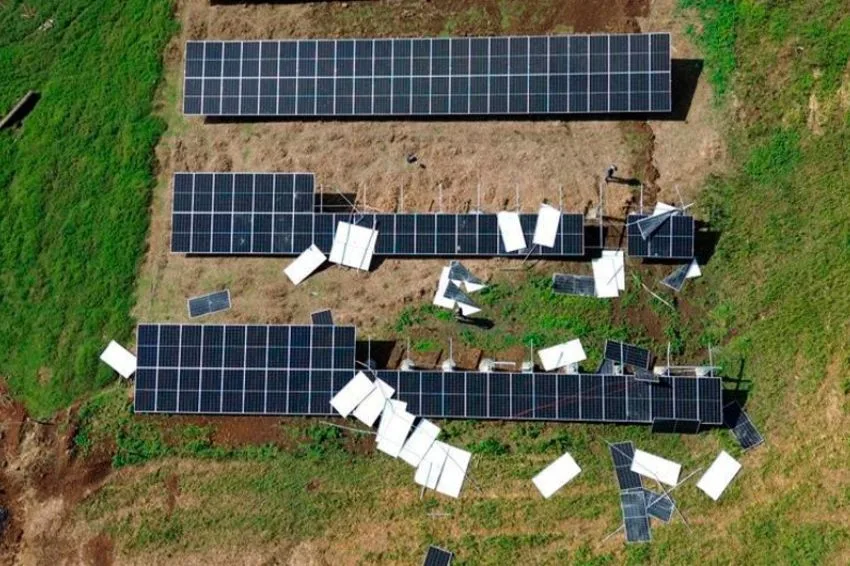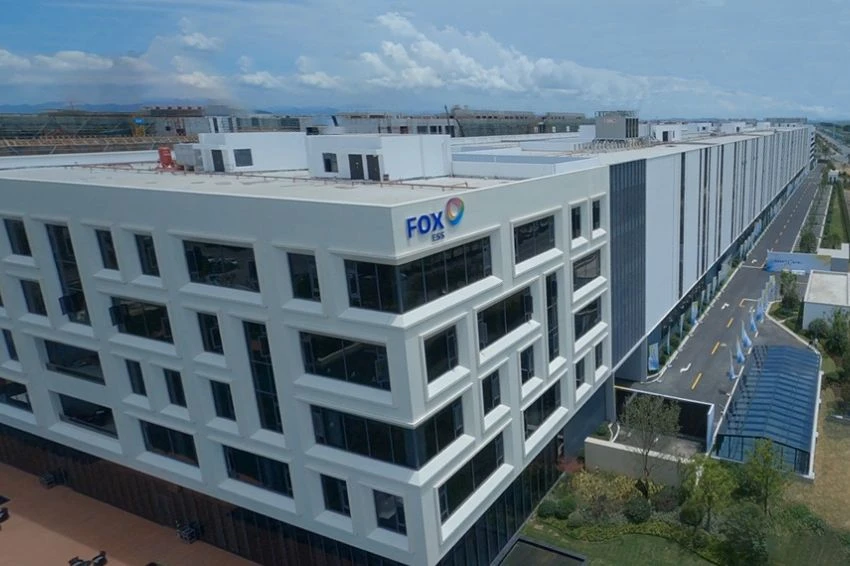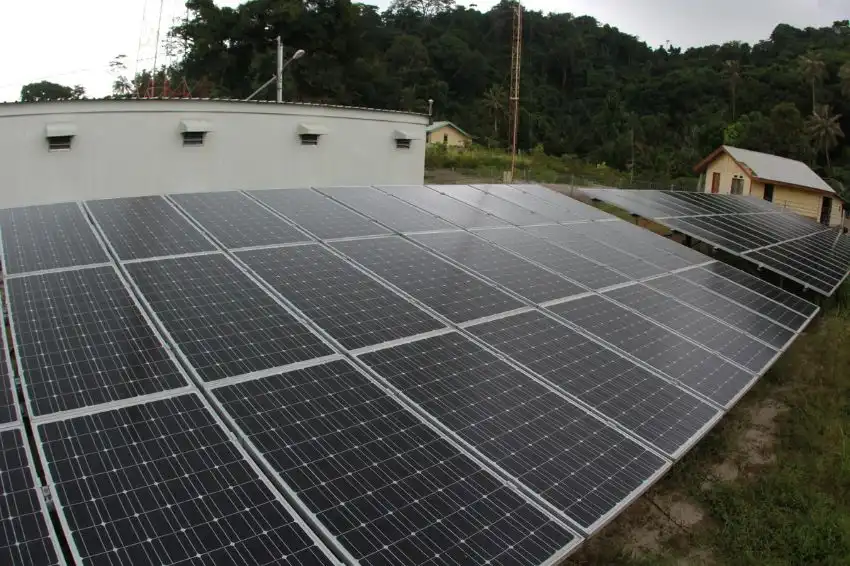Even before 2022 ends, we can already confirm that it is the best year for solar energy already registered in the last decade in Brazil. Over the past year, distributed generation has jumped from 8.4 GW to 14 GW of installed power, resulting in a growth of 66.7%.
Thanks to the transition period of GD Legal Framework until January 2023, and factors such as the high cost of electricity, it was not only the facilities that grew, but also the investments.
From the end of 2021 to this month, investments went from R$ 42.4 billion to R$ 76.7 billion, an increase of 80.9%. Brazil became the 4th country that invested the most in solar energy. With less than 80 days left before the end of the transition period, we can expect even greater growth for the sector. After all, there are many who leave it to last hour.
In this sense, you who are solar energy sales representative You can still expect a large number of residential consumers (representing 78.4% of connections) and small businesses in the coming months. Today, I bring together in this article the most recent figures on the growth of solar energy in Brazil. The goal is to update you and point out opportunities to come. Good reading!
Solar energy about to overtake wind
By surpassing the 14 GW mark, GD has already surpassed the generation of the largest hydroelectric plant in the Americas, the Itaipu. For now, in general, hydroelectric power is still responsible for the majority of energy production in Brazil, followed by wind power.
The point is that second place could soon be taken by the solar source. Currently in third place, solar energy has more than 20.2 GW of installed capacity. The expectation is that, by the end of the year, the photovoltaic solar array will surpass the wind source.
In this way, renewable sources will increase their participation in the Brazilian energy matrix. According to Ministry of Mines and Energy (MME), the trend is for an increase from 2.5% to 4.1% in the participation of photovoltaic solar sources in Brazil's internal electricity supply.
The benefits are felt in the consumer's pocket, and have a broad impact not only on social and economic issues, but also on environmental issues. As it is a renewable energy source, the solar energy was able to avoid the emission of 23.6 million tons of CO2 in electricity generation.
Why is Brazil making so much progress in solar?
It is nothing new that the high cost of electricity, due to the water crisis, leads consumers to look for other alternatives. However, good news is that the own solar system price has become increasingly democratic. Reducing the cost of technology makes systems prove to be more viable for a greater number of people and companies.
Proof of this is that more than half of new systems are investments by families of class C and D. Even the presence of SMEs as large consumers of solar energy, it points out that panels are no longer a luxury for the few.
It also cannot be ignored how much Brazil is privileged in solar irradiation. As renewable sources become more competitive and expand, installing solar systems in Brazil is not a challenging task.
After all, our levels of solar irradiation are higher than those of countries such as Germany, France and Spain, which also transit to the photovoltaic source, but with a much less sunny climate.
This is why giants like Amazon intend to expand solar energy projects in our country. The retailer announced this October that it will add 2.7 GW of clean energy capacity around the world, which includes a photovoltaic farm in Brazil.
This is due to Amazon's goal of using 100% of renewable energy in business by 2025.
It is worth remembering that after the Paris Agreement, in COP 21 In 2015, concern about energy generation from renewable sources gained strength. Brazil has committed to reducing greenhouse gas emissions in 2025 and 2030, respectively, by 37% and 43% (in relation to 2005 levels).
What to expect from the energy transition
After the world faces the effects of pandemic and the war in Ukraine, the race for the Energy Transition is expected to intensify even further to combat climate change. Although this process is still recent, experts point out that energy security will be one of the main themes for the coming years.
This is what the International Energy Agency (IEA), in its most recent report. In the document, it was possible to see that coal consumption reached the highest level ever recorded in 2022, which represents a warning for countries seeking to contain emissions of polluting gases.
Faced with the war in Ukraine, the world became aware of the need to reconcile climate concerns with energy supply. Thus, the search for a more secure energy transition will lead to the construction of more diversified energy matrices.
Our role in energy security
If the price of oil remains high, it is certain that the energy transition will continue to gain momentum. Even given the survival of coal, it became clear that non-renewable sources lost space over the years, becoming considered temporary fonts. We, as solar energy sellers, are the direct source of information for consumers. We have the opportunity and mission to encourage this matrix.
With the democratization of solar system prices, this is the time to pay special attention to classes C and D, highlighting the economy and growing possibilities of facilitated financing.
For companies, it is essential to argue about the global movement of companies, prioritizing alignment with UN ESG agenda. It may seem like a distant concept, but the world of the future will not have space for companies that do not care about contributing to environmental, social and governance advances.
Therefore, I propose that let us be protagonists of the safe transition of the energy matrix in Brazil. New opportunities will multiply over the next few years, but closing deals depends on how much we will be able to demonstrate the added value of solar energy.
Fortunately, there is no shortage of arguments and proof that solar energy is here to stay. And you, what do you expect for the next few years of solar energy in Brazil?
















